What Is Sound Therapy:
Principles, Benefits, and Uses
Learn the ins and outs of sound therapy, its profound benefits, and diverse uses for well-being in this comprehensive article.
Written and medically reviewed by the clinical team at Ripple Ranch Recovery Center, including licensed therapists, addiction specialists, and medical professionals.
What Is Sound Therapy?
"Integrating sound therapy into addiction recovery involves a holistic approach to address various aspects of the healing process. Utilizing techniques such as music therapy, guided meditation, or sound baths, we incorporate sound as a therapeutic tool to manage stress, promote relaxation, and enhance emotional expression. Sound therapy can be woven into individual or group counseling sessions to support the exploration of emotions and foster a sense of mindfulness. This integrative approach aims to provide patients with additional coping mechanisms, contributing to a more comprehensive and personalized addiction recovery treatment plan."
Dr. Butts Tweet

Learn More About Ripple Ranch Recovery Center
Ancient Civilizations and Sound Healing
Sound Therapy in Ancient Egypt
Sound Therapy in Tibet
Sound Therapy in Greek Philosophy
The Basic Principle: Sound and Vibration
How Does Sound and Vibration Tie Into Therapy?
The Science of Sound Therapy
Physiological Effects of Sound
The Auditory System's Role
Brainwave Entrainment

The Psychological Impact of Sound
- Mood: Certain sounds can elevate your mood, making you feel happier and more positive. Conversely, other sounds can help calm anger or anxiety.
- Memory: Sounds can trigger memories, both good and bad. In a therapeutic setting, using sound can help individuals process past traumas or relive happy moments.
"Research supporting the use of sound therapy in addiction treatment is growing, indicating its potential benefits for stress reduction, emotional regulation, and overall well-being. Studies have shown that music therapy, for example, can positively impact mood, decrease anxiety, and enhance engagement in the therapeutic process. When conveying this to patients, I discuss the empirical evidence and highlight how incorporating sound therapy into their treatment plan may complement traditional therapeutic approaches. Emphasizing the integrative nature of these interventions fosters a sense of empowerment and encourages patients to actively engage in their recovery journey."
Dr. Butts Tweet
Instruments of Sound Therapy
Singing Bowls
Gongs
Tuning Forks
Modern Sound Therapy Techniques
Sound Therapy's Effectiveness on Mental Health
Stress and Anxiety
"There is a growing body of anecdotal evidence and some emerging studies suggesting the positive impact of sound therapy on addiction recovery. Patients have reported reduced stress, improved emotional regulation, and enhanced relaxation through participation in music therapy or sound-based interventions. These experiences highlight the potential for sound therapy to contribute positively to the multifaceted process of addiction recovery. It's essential, however, to view these anecdotes as part of a broader spectrum of therapeutic tools, with individual responses varying."
Dr. Butts Tweet
Depression
Post-Traumatic Stress Disorder (PTSD)
Addiction
- Relaxation: Sound therapy can help create a calm environment, making it easier for you to relax. It can reduce anxiety, which is often a trigger for substance abuse.
- Enhanced Sleep Quality: Many people in recovery struggle with sleep disturbances. Sound therapy can help improve sleep patterns. This will lead to more restorative sleep, which is vital for healing the body and mind.
- Improved Focus and Concentration: The therapeutic sounds can help you stay centered, enhancing your focus and making it easier to participate in other treatments or therapies effectively.
- Emotional Release: For some, sound therapy can serve as a form of emotional release. It allows you to confront and process complex emotions without resorting to substances.
- Increased Mindfulness and Awareness: As you listen and absorb the sounds, you become more in tune with your inner self. This heightened awareness can be essential in understanding triggers and avoiding potential relapses.
Possible Concerns and Limitations of Sound Therapy
- Not a Standalone Treatment: Sound therapy is designed to complement standard medical treatments or medications, not replace. Before integrating sound therapy into your routine, it’s best to discuss it with a healthcare provider.
- Overstimulation: Not everyone reacts to sound in the same way. Some may find particular sounds too intense or overwhelming. This is especially true for individuals with sensitivities to certain frequencies or auditory processing issues.
- Short-Term Effects: For some individuals, the positive effects of sound therapy can be fleeting, meaning that they might need ongoing sessions to maintain the benefits.
Is Sound Therapy Right for You?
- Self-Assessment: Reflect on what you hope to achieve. Are you looking for relaxation, better concentration, or pain relief?
- Trial Session: Before committing, consider a trial session to gauge how you respond to different sounds.
- Discuss With a Professional: Sound therapists can offer insights on the potential benefits for your specific needs and challenges.
"Patient responses to sound therapy in addiction treatment vary, with many reporting positive outcomes such as reduced anxiety, improved mood, and enhanced relaxation. Challenges in implementation include individual preferences, as not all patients may resonate with or benefit equally from sound-based interventions. Ensuring accessibility to a variety of sound therapy options, considering diverse cultural preferences, and addressing potential sensory sensitivities are essential aspects of overcoming implementation challenges. Tailoring sound therapy to individual needs and preferences is key to optimizing its effectiveness in the context of addiction treatment."
Chrissy Clark Tweet
Integrating Sound Therapy
Sound Therapy and Cognitive Behavioral Therapy
Sound Therapy and Dialectical Behavior Therapy
Seeking Trained Sound Therapists

Discover Healing With Ripple Ranch Recovery Center
Treatments at Ripple Ranch
- Cognitive behavioral therapy
- Dialectical behavioral therapy
- Experiential therapy
- Eye movement desensitization and reprocessing
- Medication-assisted treatment
- Meditation
- Yoga
Contact Us Today
Resources
- 1https://www.ncbi.nlm.nih.gov/pmc/articles/PMC8157227/
- 2https://www.ncbi.nlm.nih.gov/pmc/articles/PMC4325896/
- 3https://www.ncbi.nlm.nih.gov/books/NBK532311/
- 4https://www.ncbi.nlm.nih.gov/pmc/articles/PMC5871151/
- 5https://www.ncbi.nlm.nih.gov/pmc/articles/PMC8906590/
- 6https://encyclopedia.pub/entry/20566





